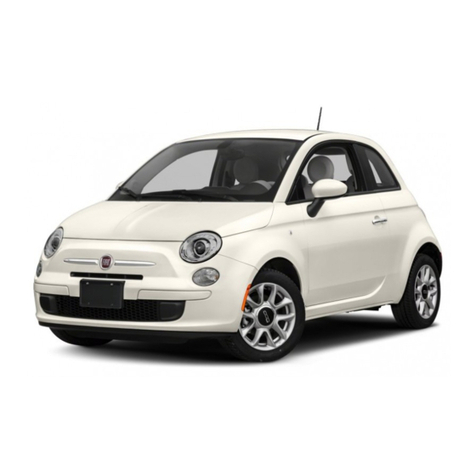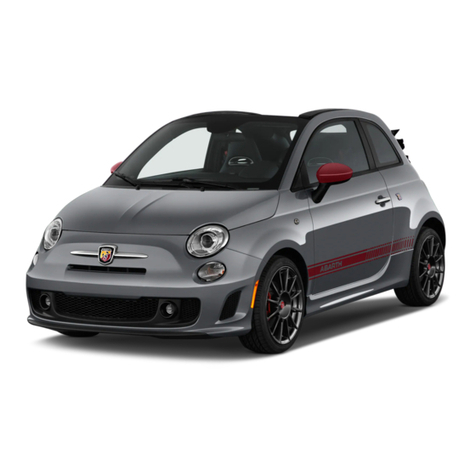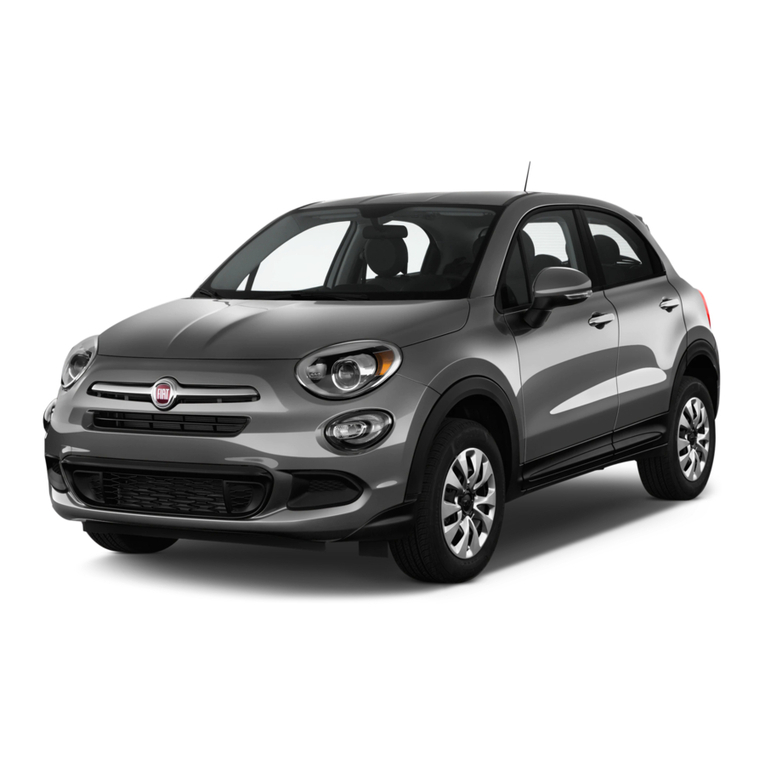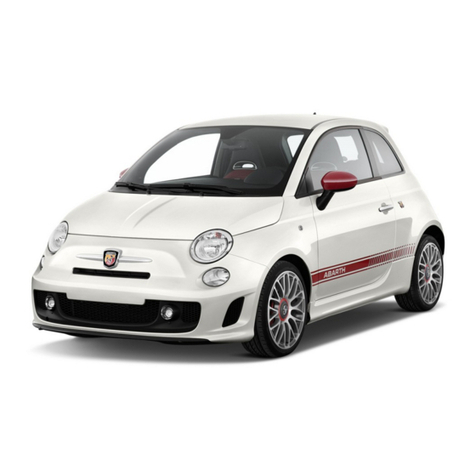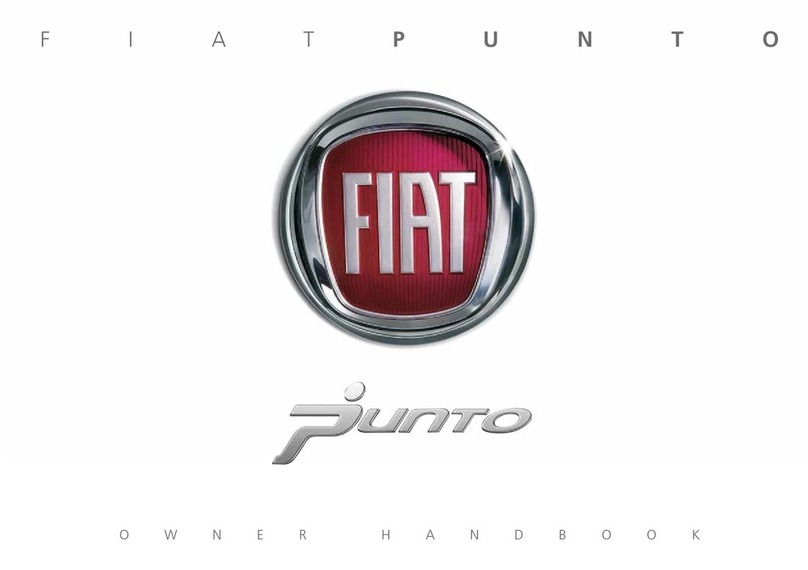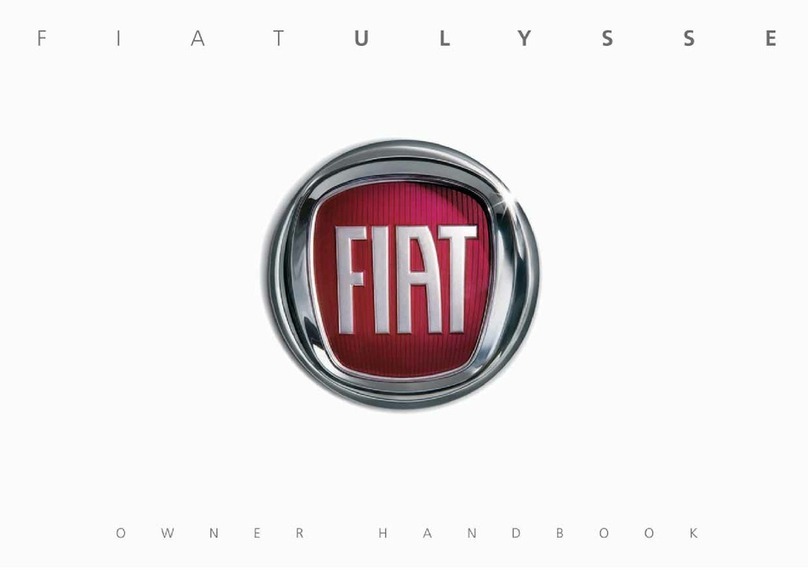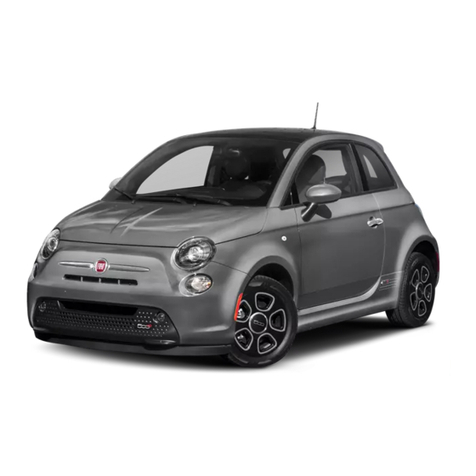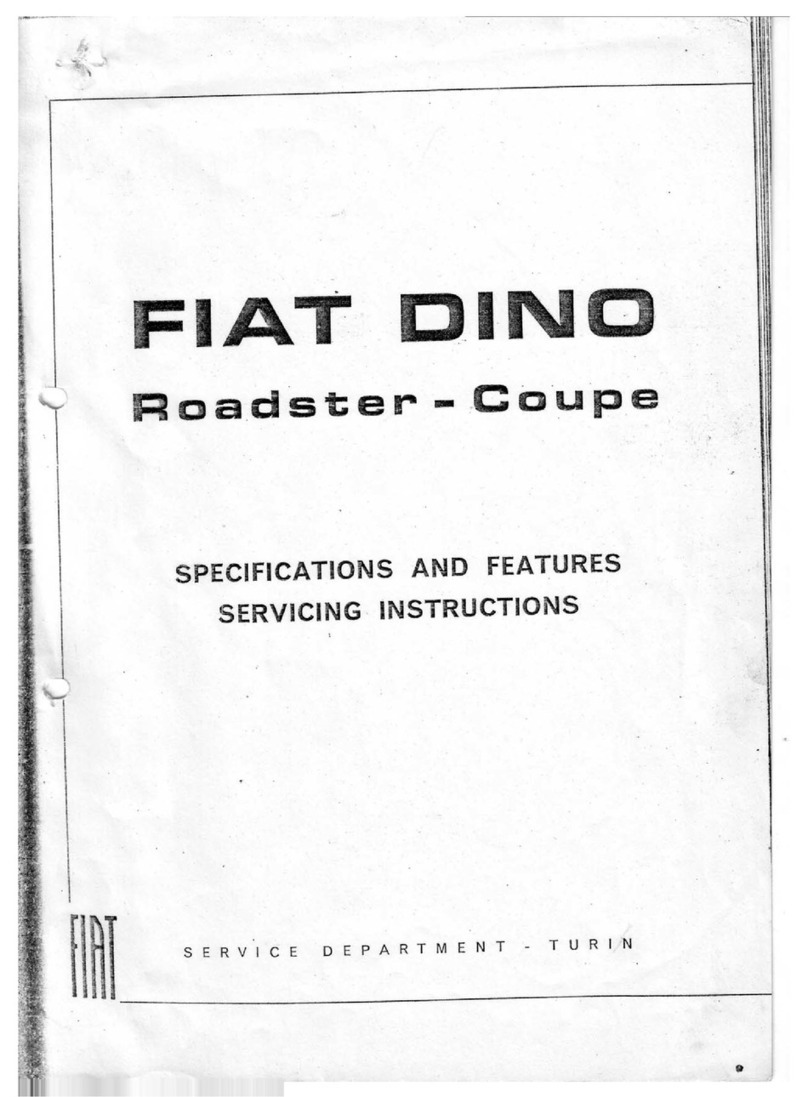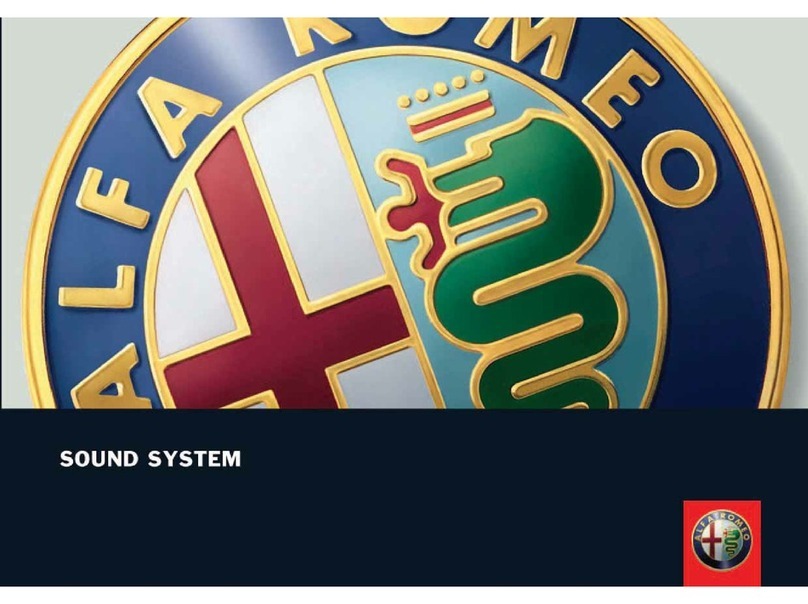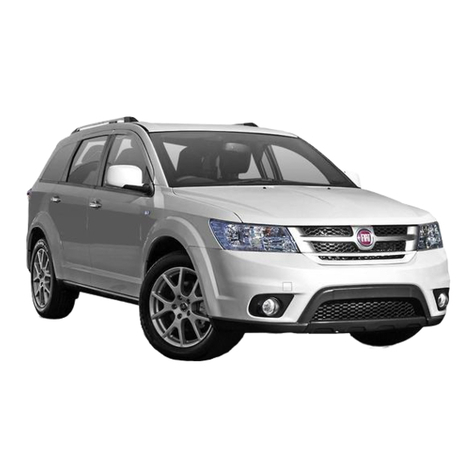
8
FIAT
-
850
PASSENGER
CARS
UNIT
IDENTIFICATION
DATA
Fig
....
location
of
unit
iden-
tification
numbers.
A.
Unit
identification plate. -B.
Chassis
type (100G) and serial
number
.•
C. EngIne
type (1006.000
for
the «Standard)) version and 1006.002
for
the «
Super»
version) and
serial number.
NOTE -Starting from car with parts serial
number
667161,
plate
"A"
and stamping
"B"
are located on partition wall between engine
compartment
and fuel tank.
SPARE
PARTS
CAR
KEYS
When
placing
orders
for
spare
parts,
state:
-
car
Model;
-
engine
serial
number
or
serial
number
for
spare
parts,
according
to
whether
parts
for
engine
or
running
gear
are
requested;
-
nwnber
of
spare
part
or
parts
on
order,
as
given
in
spare
parts
catalogue.
Each
new
car
is
equipped
with
two
sets
of
keys
to
suit:
-
ignition
and
starting
switch;
-
door
locks.
A
code
number
is
stamped
on
key
bow.
To
have
car
key
duplications
made
through
the
cutting
machine
Ap.
5013.
just
specify
the
code
number
of
the
key
on
order
and
relevant
description.

